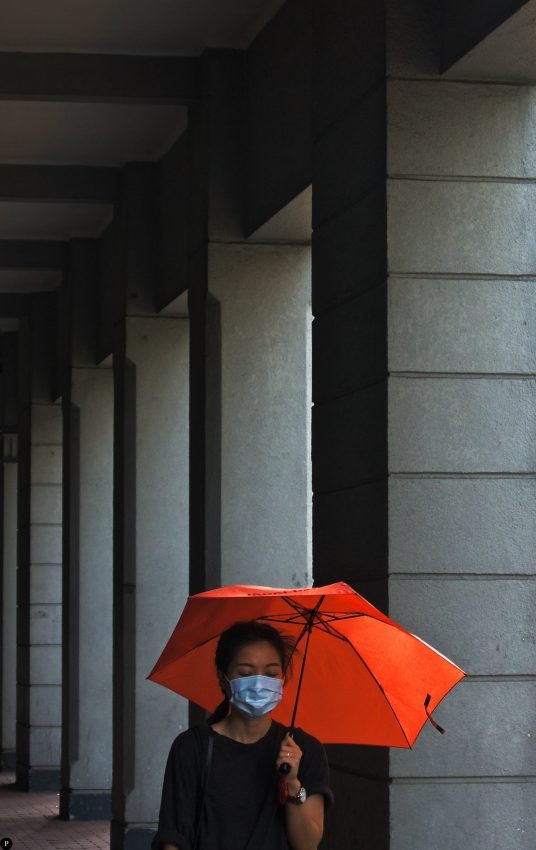[dropcap letter=”L”]
isbon sweet and baroque, labyrinthine, mysterious… There are three cities that have the same air, in southern Europe: Naples in the middle, and Constantinople and Lisbon, in one and the other extreme. They are literally endearing cities, an oriental point, full of life in their past wellbeing. But it is as if they knew that the most enduring welfare is, precisely, the well-being, the consciousness of their personality.
They are neither dead cities nor abandoned cities: they are inhabited cities with esteem, cities of great humanity, with a lot of blood circulation.
These three cities -Lisbon, Naples, Istanbul- have personality, a strong identity that is given to them by the awareness of the death that has been threatening for centuries. They are cities with an aspect that may frighten, with an architecture that has been spreading in time, but with people who live there with the hesitation of having to give life to life constantly.
 Its inhabitants are proud of being so, but they also know that interior elegance is the most important, that there is no better way to appear in the world than to feel just as they naturally are. That’s why those who live there cry and gesticulate so much: to visibly impose on the inert matter that the waste of time disregards. They are not, in this sense, neither dead cities nor abandoned cities. They are inhabited cities with esteem, cities of great humanity, with a lot of blood circulation.
Its inhabitants are proud of being so, but they also know that interior elegance is the most important, that there is no better way to appear in the world than to feel just as they naturally are. That’s why those who live there cry and gesticulate so much: to visibly impose on the inert matter that the waste of time disregards. They are not, in this sense, neither dead cities nor abandoned cities. They are inhabited cities with esteem, cities of great humanity, with a lot of blood circulation.
Lisbon is mysterious. What is best, is to look at the city on a Sunday afternoon, immobile from a viewpoint. Maybe from Bairro Alto, on fire by the sunset, pink coloured. Among the rectangles of the buildings, the attraction is demanded by the circularity of the dome of the Society of Geography of Lisbon, with the skylight to look at the sky, and the cemetery nearby. And beyond, the castle of São Jorge, with the pile of houses of the neighbourhood of Alfama, descending to the river.
The river, at sunrise and dusk, is disguised with an uncertain fog. The earthly horizon, in this way, gets to be confused with that of the ocean. The world has no end … The dream is dilated, eternal. The feeling of abyss accompanies the Finis Terrae
Lisbon is, in this framework, a privileged place. Near the open Atlantic, around one or another peak of the seven -like in Rome- where the city has grown. Firm land near the sea. What security does not give and has not given this privileged situation! A city in an estuary is a city that needs to reach understanding in little or very little land, in a relatively small or very provisional location.

From the Bairro Alto belvedere, the Portuguese capital is a city of houses that touch everything along a very dilated surface, with protuberances, irregular. Mounted on seven hills like Rome, yes, Lisbon is a very widespread city, which has not been able to grow beyond the river that functions as its sea. Where the sun sets that imagination invites to continue, the West beyond…
The river, at sunrise and at dusk, is disguised with an uncertain fog. The earthly horizon, in this way, gets to be confused with that of the ocean. The world has no end… The dream is dilated, eternal. The feeling of abyss accompanies the Finis Terrae -and Portugal is so, from north to south. In these spaces, it is easy for the vertigo to take over people. Fatigued by the grey mist, due to the exterior uncertainty, they are dreaming of transcendence. Dreaming about “Worlds that flourish and worlds that have already fled”, as Joan Maragall said.
To defend oneself from unreality, however, it seems that in Lisbon everything is in its right place. The visitor finds it, if he has wanted to wander by foot, without planning. The city is wider than higher: it still seems dominated by the fear of growing too far…
The memory of the earthquake? It is not hard to believe that the collective unconscious can transmit prevention during generations and generations. It’s what has happened to the different Lisbons, from the mid-18th century to our times. In the illustrated Europe, the Europe of historical optimism and rationality, the fact that the earth cracked, and everything was destroyed had a tremendous impact. Voltaire himself made out a category…
The earthquake of All Saints’ Day in 1755 is installed in the memory of Lisbon, just like in Naples the effigies of Vesuvius that ended Pompeii. The greatest of confusions gave way to a solemn relativity. It is a crying relativity. More preventative than balancer. The present, here, has hardly ever been able to enjoy more credit than the past. Lisbon, all of Portugal, is a terrestrial reality that is based on yesterday and beyond…
In Lisbon, the baroque period has extended to the present. And not necessarily because Baroque was the aesthetics of the years of imperial splendour. Nor because confessed that period had received the deadly coup of that earthquake coming without prior notice or subsequent rational explanation. No. The baroque is current in Lisbon because this fussy aesthetics is still a state of mind, a vital emanation. Like fado, the song of nostalgia.



















